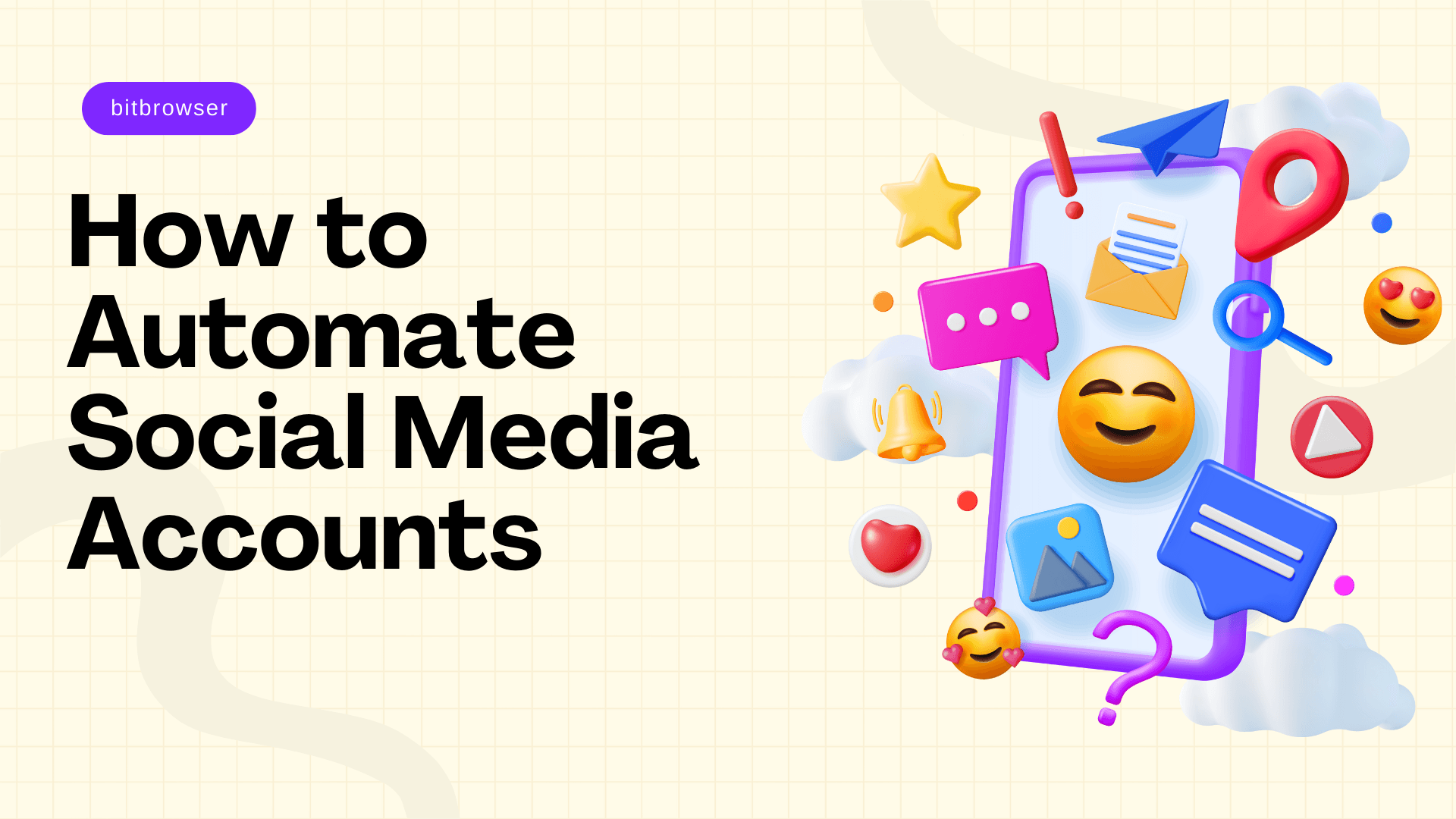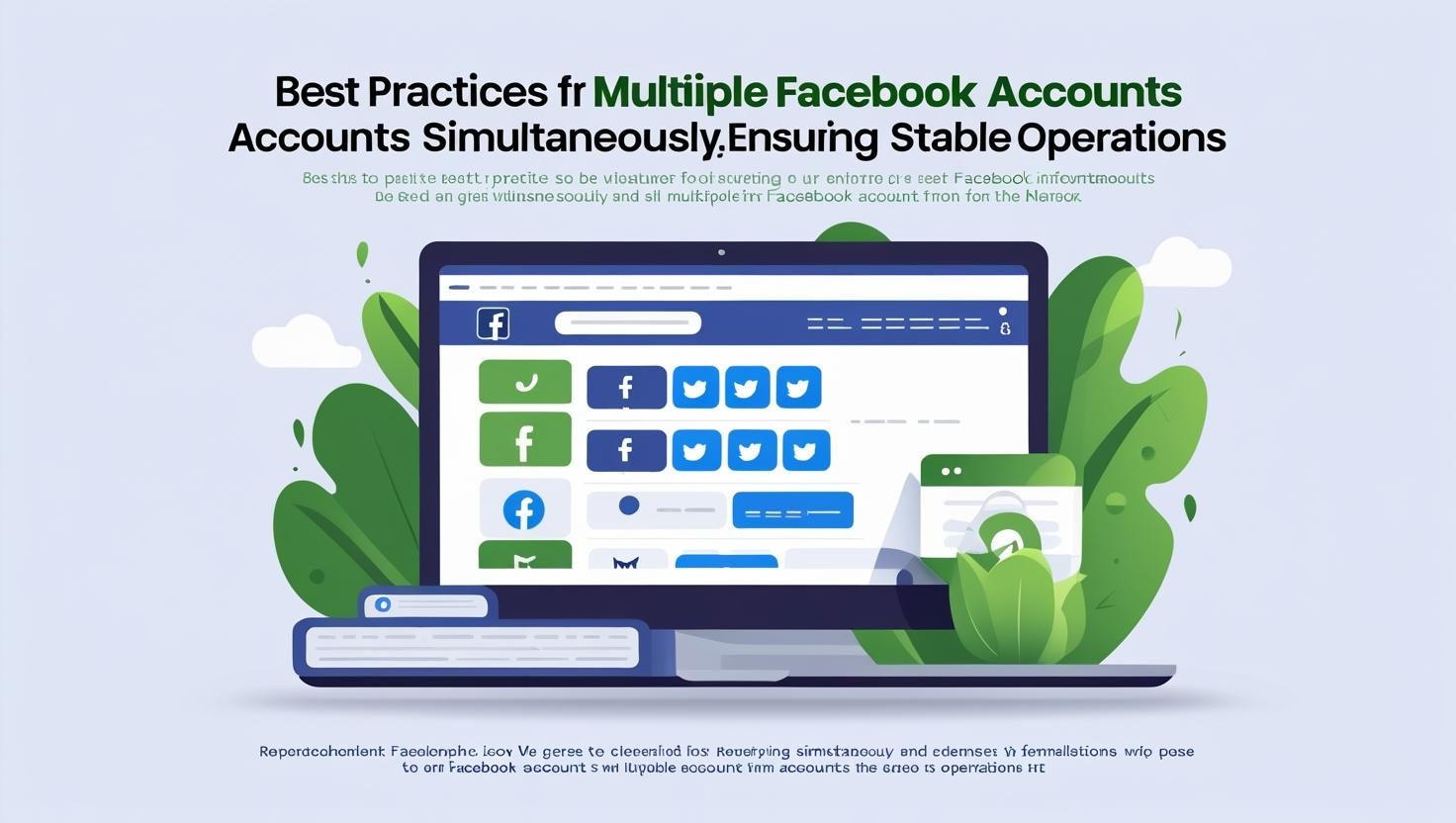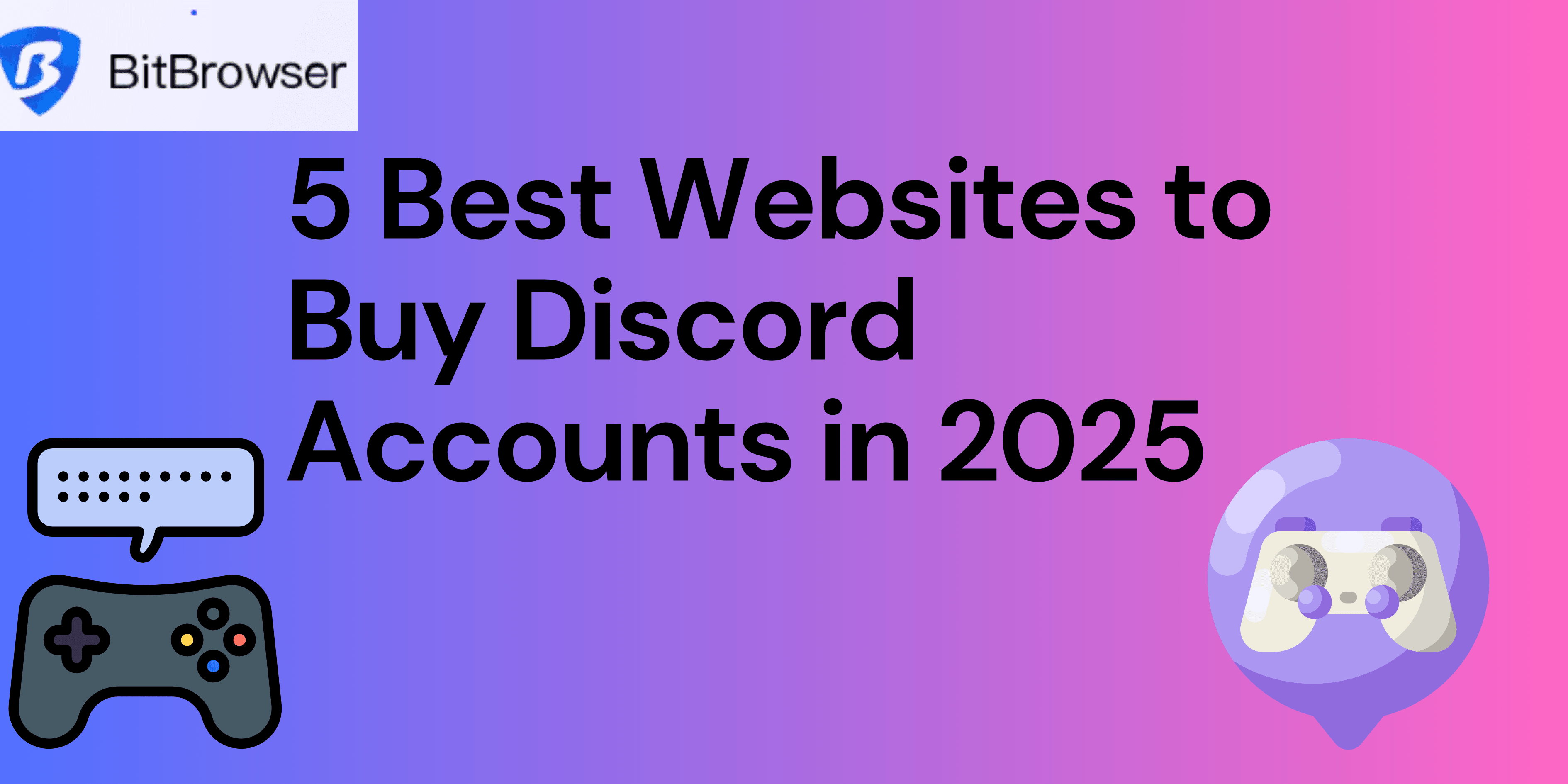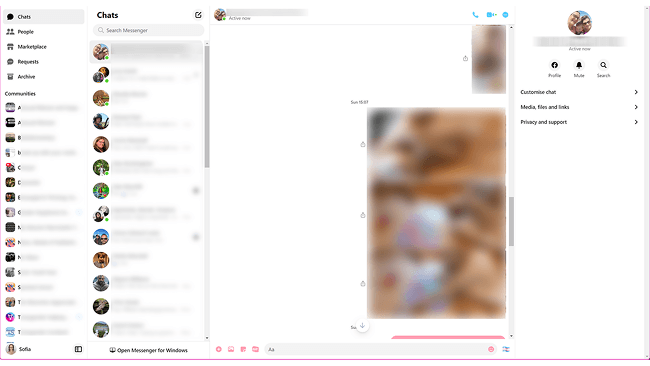
 2025.10.18 06:36
2025.10.18 06:36
 2025.10.18 06:36
2025.10.18 06:36
 2025.10.18 06:37
2025.10.18 06:37How to Scrape Amazon.com – Complete Tutorial (2025)
 2025.08.17 14:11
2025.08.17 14:11
Scraping Amazon.com can be highly useful for e-commerce analytics, price tracking, and competitor research. However, due to Amazon’s strict policies against automated data collection, it’s important to approach this task carefully and legally. This guide walks you through everything you need to know to scrape Amazon effectively in 2025.
Why Scrape Amazon.com?
Amazon is one of the largest online marketplaces in the world, offering millions of products across categories. Scraping Amazon can help businesses and marketers:
- Track competitor prices and inventory.
- Monitor customer reviews and ratings.
- Analyze product trends and best-sellers.
- Collect product information for data-driven strategies.
1. Understand Amazon’s Rules
Amazon’s Terms of Service prohibit scraping without permission. Violating these rules can result in:
- IP bans and access restrictions.
- Legal consequences.
- Suspended accounts if linked to Amazon services.
Safe alternatives:
- Use Amazon’s Product Advertising API, which provides structured product data legally.
- Limit scraping frequency and requests to reduce detection risk.
2. Choose the Right Tools
Depending on your technical expertise, there are different approaches to scraping Amazon:
Python Libraries
- Requests + BeautifulSoup – for basic scraping.
- Selenium – automates browser actions for dynamic content.
- Scrapy – suitable for large-scale data collection.
No-Code Tools
- Octoparse
- ParseHub
- Apify
3. Use Proxies
Amazon actively blocks repetitive requests from the same IP. To scrape efficiently:
- Use residential proxies for higher success.
- Rotate proxies to switch IP addresses.
- Avoid free proxies—they are often blocked.
4. Target the Right Data
Decide what data you need:
- Product titles and descriptions
- Prices and discounts
- Ratings and reviews
- ASIN (Amazon Standard Identification Number)
- Product URLs
Use the browser’s inspect element tool to identify the HTML structure of the data you want to scrape.
5. Example Scraping Script
Here’s a basic Python example using Requests and BeautifulSoup:
import requests
from bs4 import BeautifulSoup
headers = {
"User-Agent": "Mozilla/5.0 (Windows NT 10.0; Win64; x64)"
}
url = "https://www.amazon.com/s?k=wireless+earbuds"
response = requests.get(url, headers=headers)
soup = BeautifulSoup(response.text, 'html.parser')
for product in soup.select(".s-main-slot .s-result-item"):
title = product.select_one("h2 a span")
price = product.select_one(".a-price-whole")
if title and price:
print(title.text.strip(), "-", price.text.strip())
Tips:
- Always set a realistic User-Agent header.
- Add random delays between requests to avoid detection.
6. Handle Pagination
Amazon displays products across multiple pages. To scrape all pages:
- Detect pagination links or generate URLs with page numbers.
- Loop through each page using the same scraping logic.
7. Avoid Anti-Bot Measures
Amazon can block bots or serve CAPTCHAs. To minimize risk:
- Rotate residential proxies frequently.
- Randomize request intervals and headers.
- Limit scraping frequency.
8. Store Your Data
Scraped data can be stored in:
- CSV or Excel files
- JSON files
- SQL or NoSQL databases
Example for saving CSV:
import csv
with open("amazon_products.csv", "w", newline="", encoding="utf-8") as file:
writer = csv.writer(file)
writer.writerow(["Title", "Price"])
# Add rows from scraping
9. Legal and Safer Alternatives
If scraping is too risky:
- Use Amazon Product Advertising API for official access.
- Use third-party services like Keepa for historical price tracking.
- Purchase datasets from trusted sources.
10. Best Practices
- Respect Amazon’s servers by throttling requests.
- Always rotate IPs and User-Agents.
- Test your script on a few pages first.
- Avoid scraping sensitive user content.
Conclusion
Scraping Amazon.com can unlock valuable business insights but must be done responsibly. Using proxies, proper tools, and adhering to Amazon’s guidelines ensures that your scraping process is efficient, safe, and sustainable. For large-scale data collection, consider combining scraping with Amazon’s official API to get reliable and legal access to product information.
 petro
petro
 Multi-Account Management
Multi-Account Management Prevent Account Association
Prevent Account Association Multi-Employee Management
Multi-Employee Management



